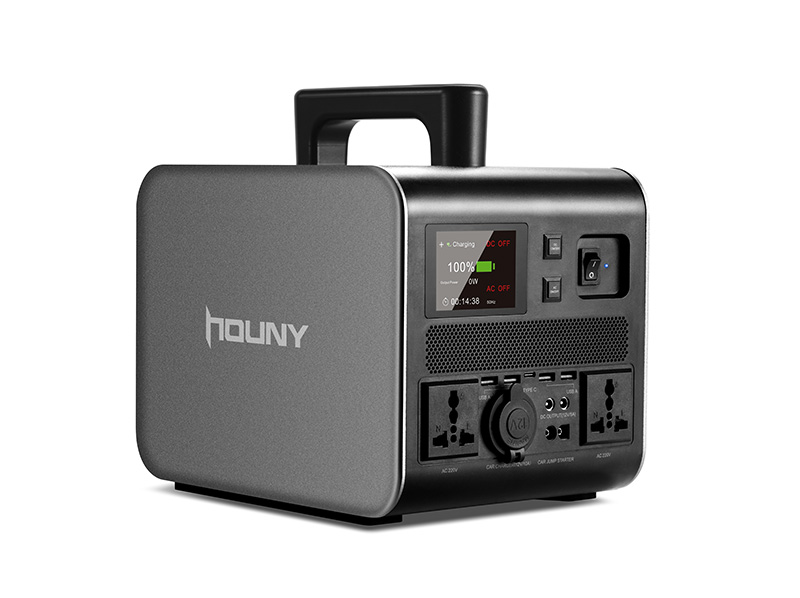In an era defined by mobility and an increasing reliance on electronic devices, having a reliable source of portable power has become essential. Whether you're an outdoor enthusiast, an RV traveler, or just preparing for emergencies, a portable power station is a game-changer. To ensure you select the perfect one to meet your needs, consider the following key features when choosing a portable power station:
1. Capacity
The first and most crucial factor to consider is the capacity of the portable power station. Capacity is typically measured in watt-hours (Wh) and represents the amount of electrical energy the station can store. To determine your required capacity, calculate the total wattage of the devices you plan to power simultaneously. It's essential to choose a power station with sufficient capacity to meet your energy needs.

2. Battery Type
The type of battery used in a portable power station significantly impacts its performance and longevity. There are two main types to consider:
- Lithium-Ion Batteries:
Advantages: Lithium-ion batteries offer high energy density, meaning they can store a lot of power in a compact space. They are also known for their longer cycle life, lightweight nature, and faster charging capabilities.
Disadvantages: They tend to be more expensive than other battery types.
- Lead-Acid Batteries:
Advantages: Lead-acid batteries are cost-effective and readily available. They can withstand a wide range of temperatures and are known for their durability.
Disadvantages: They are heavier and have a lower energy density compared to lithium-ion batteries.
Select the battery type that aligns with your needs and budget.
3. Output Ports
The variety and quantity of output ports on a Lifepo4 Power Station play a vital role in determining its versatility. Standard output ports include:
- AC Outlets:
Usage: These outlets are essential for powering household appliances like laptops, TVs, refrigerators, and power tools. Make sure the power station has enough AC outlets for your requirements.
- USB Ports:
Usage: USB ports are handy for charging smartphones, tablets, cameras, and other small electronic devices. Ensure the power station has sufficient USB ports to accommodate your needs.
- DC Ports:
Usage: DC ports are typically used for devices like car fridges and CPAP machines. Verify that the power station has the necessary DC ports for your specific devices.
4. Solar Charging Capability
For those who enjoy outdoor adventures and wish to harness renewable energy, consider a portable power station with solar charging compatibility. These stations come equipped with built-in solar charge controllers or are compatible with external solar panels. Solar power stations are an excellent choice for off-grid scenarios where traditional charging options may be limited.
5. Weight and Portability
The weight and dimensions of a portable power station can significantly impact its portability. If you plan to carry the station for extended periods or have limited storage space, opt for a lightweight and compact model. Some power stations are designed with handles or wheels for added convenience during transport.
6. Brand and Reviews
Researching reputable brands and reading user reviews can provide valuable insights into a portable power station's reliability and customer satisfaction. Choose a well-established brand known for producing high-quality products with excellent customer support.
In conclusion, when selecting the best portable power station for your specific needs, it's essential to consider factors like capacity, battery type, output ports, solar charging capability, weight, and brand reputation. By evaluating these key features, you'll be well-equipped to make an informed decision and choose a portable power station that suits your lifestyle and power requirements.



Comments
All Comments (0)